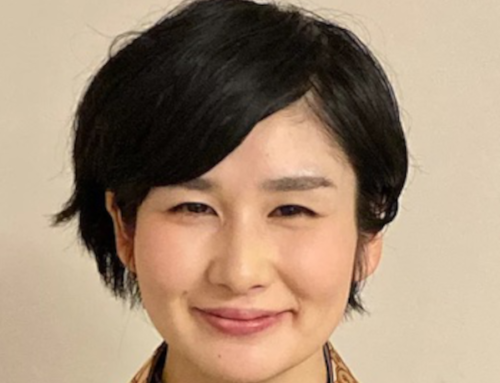I enjoy barbecuing but the changing conditions of urbanization and climate change have left my grill and coals in disrepair. I have not grilled anything in many months. My understanding of “oven barbecue” however is deepening. It is, perhaps, an extension of the history of barbecue which reaches back to the time of plantation slaves. It is a reminder of a method of cooking that grew out of the transformation of something impossibly inedible into something succulent and delicious. This art of transforming tough cuts of meat given to slaves and later in different times and circumstances, meat that butchers would have turned into sausage, barbecuing is now officially gentrified with world competitions and elite chefs and the once humble brisket is now a sought after prime cut.
The beef industry increasingly damages the environment. Forests are destroyed and made into grazing land for cattle. The increasing herd size contributes to increased damage to land and air. It is, of course, not just barbecuing but the consumption of beef and other animals that contribute to global warming and environment degradation. Barbecuing used to be simple, meat, fire and time, but as demand grows so has the consequences of enjoying barbecue. Availability and lack of moderation is also causing health issues. Maybe one day this will pass and we can go back to the simple practice of enjoying an occasional slice of fatty brisket with white bread and slaw.
It seems to be a part of our nature to make things more complex. Perhaps the search for understanding drives our curiosity. What we learn we share. In order to share we explain and describe. Buddhism is ultimately simple, it is about the resolution of difficulties. How we get to that realization can be complicated. In Zen they say, “Just sit”. But how? In Jodo Shinshu we sometimes say, “Just say the nembutsu and be saved by Amida.” But what does that mean? And so, we explore, we discover, we share, we explain.
We began a shakuhachi club at the Betsuin before the pandemic. Last fall we started meeting again. There are a half dozen of us that meet. We are of varying skills and experience. Some of us still play the PVC shakuhachi I made. Anyone who joins the group gets one of these flutes that are playable, purchased at Lowes and still with product information stamped on them. Others of us play a more traditional flute. There have been people who started playing but have set the instrument aside. Hopefully they will pick it up again one day. There are people who have joined since restarting. We meet once a month in the Hondo. Everyone is of course welcome to join the fun.
The shakuhachi is one instrument in a group of similar end blown flutes. Like the harmonica a flute is tuned to a specific pitch. A shakuhachi is tuned to D. A nishaku is tuned to C. Shakuhachi refers to a flute that is one shaku and eight units long. A nishaku is two shaku long. Some songs are written with a specific length in mind. “Haru no Umi” is intended to be played on a shakuroku flute. The shakuhachi is the most common flute played. And so, the entire group of end blown flutes, like kleenex, are generally referred to as shakuhachi. The shakuhachi is a very simple instrument. It has just five holes. When all the holes are closed this is the note “ro”. It does not matter the length of the flute, when all five holes are closed this is the note “ro”.
When I restarted playing shakuhachi I had many questions. Questions about posture, breath, embouchure, even the integrity of the flute. In the end it was a matter of finding what worked and building on that. As complex as the history and playing the shakuhachi is, it did not matter. I needed to trust the flute and simply blow ro.




